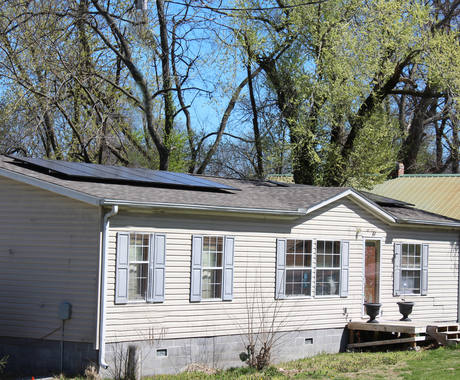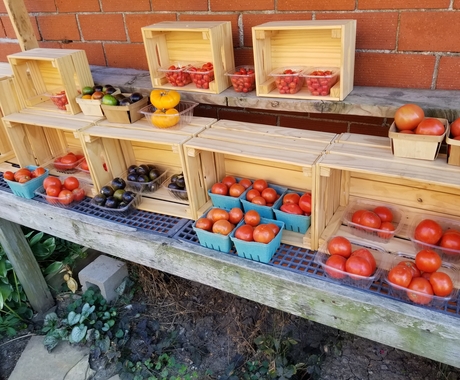By Guest Writer, Kerry Hoffschneider
We are not working hard enough to make dreams come true in Nebraska. As a result, we complain about taxes. I want to write about legislators in Nebraska and surrounding states who have started to talk about drastically cutting or eliminating income taxes during the next legislative session.
It seems they have already done this in our neighboring state of Kansas with negative results. Kansas and Nebraska have many similarities including median household income, number of acres under agricultural cultivation and proportion of the population living in rural areas. That is why the Center for Rural Affairs put out the report “Kansas’ Self-Inflicted Budget Wound Continues to Bleed Out, Providing a Cautionary Tale for Nebraska.”
Since Kansas proceeded with their decision to cut income taxes, former long-time Kansas Budget Director and State Legislator Duane Goossen estimates the 2012 income tax cuts and the following property tax, sales tax and fee increases raised taxes for the bottom 40 percent of Kansas, or roughly those making less than $42,000 per year. Taxpayers in the middle and upper-middle segments of the income scale (or those between $42,000 and $107,000) have seen a small tax cut between $29 and $319.
The beneficiaries of Kansas income tax cuts were those with the highest incomes. Those making greater than $107,000 but less than $200,000 enjoyed a tax cut of about $1,000 per year and Kansans making between $200,000 and $500,000 received on average a $3,500 tax cut. The top one percent of taxpayers came out the best with individuals making more than $500,000 annually celebrating an average tax cut of nearly $25,000.
Kansas’ leaders decided to pay for their income tax cut plan by increasing sales taxes and eliminating common tax deductions used by Kansas families, such as the child and dependent care income tax credit, deductions of medical expenses and the homestead property tax refund for renters.
Lawmakers have also reduced the deduction homeowners and landowners can take for mortgage interest as well as real estate and personal property taxes by 50 percent.
By raising their state sales tax to 6.5 percent to balance the state’s budget in 2015, the Kansas Legislature also created a “regressive tax situation.” Because, as the report explained, “Lower-income families pay a greater-share of their incomes when buying the goods they need than do high-income families… This gives Kansas the eighth highest average sales tax rate in the U.S., when coupled with local sales taxes. In comparison, Nebraska ranks 26 in the U.S. on the same measure.”
“Also, since 2012, cuts in state aid to local governments have forced increases in property taxes of at least 10 percent in a majority of Kansas counties,” the report concludes. “Since the income tax cuts went into effect in 2013, 67 Kansas counties have raised property taxes. Statewide, property taxes increased by nearly eight percent from 2008 to 2014 . . . Of Kansas’ 105 counties, 71 had property tax increases of at least 10 percent between 2010 and 2014. Seventeen of the 20 highest recent property tax increases in Kansas occurred in rural counties.”
Furthermore, Kansas income tax cuts impacted prisons, infrastructure and healthcare. The Kansas Health Institute estimates that 65 preventable deaths could occur annually in Sedgwick County alone because of reductions in state support for local health services due to the impact of income tax cuts. Kansas faces a 16 percent vacancy rate in corrections officer staff at a time when prisons are overcrowded – we can certainly relate to this issue in Nebraska too.
I am not writing this to advocate for farmers and their complaints about rising property taxes. I am writing this to force ourselves to critically assess what it means to work hard to make dreams come true in Nebraska. Ask yourself, are dreams happening in the farmsteads I see for sale, rural towns emptying out and small businesses closing doors? Are we responsible? Yes, we all are.
The Center for Rural Affairs is correct. A more balanced approach to taxation is needed. But why are we even having to discuss the tax issue? From consolidated schools to consolidating farms to globalizing many of the industries that used to be locally owned, we have to rethink how we envision the future.
We are responsible for showing all our children and our neighbors children, with our actions, that we believe in making their dreams come true with hard work. If we do that, we will have more taxpayers and fewer debates on who should pay. Read the complete report by Brian Hanson here.
This was first published in the York News-Times.




